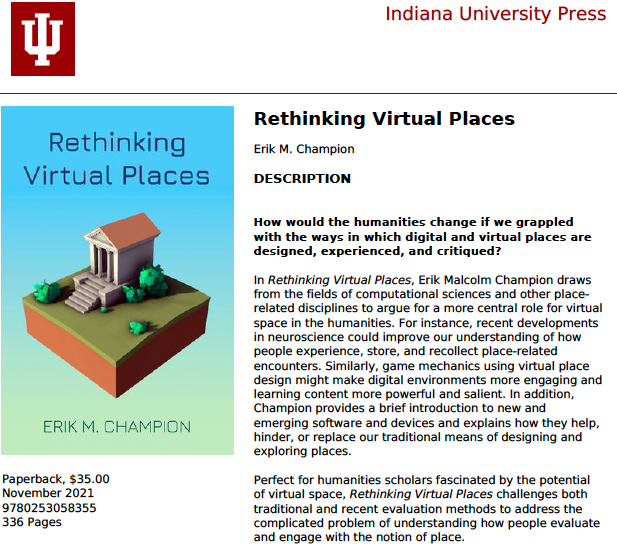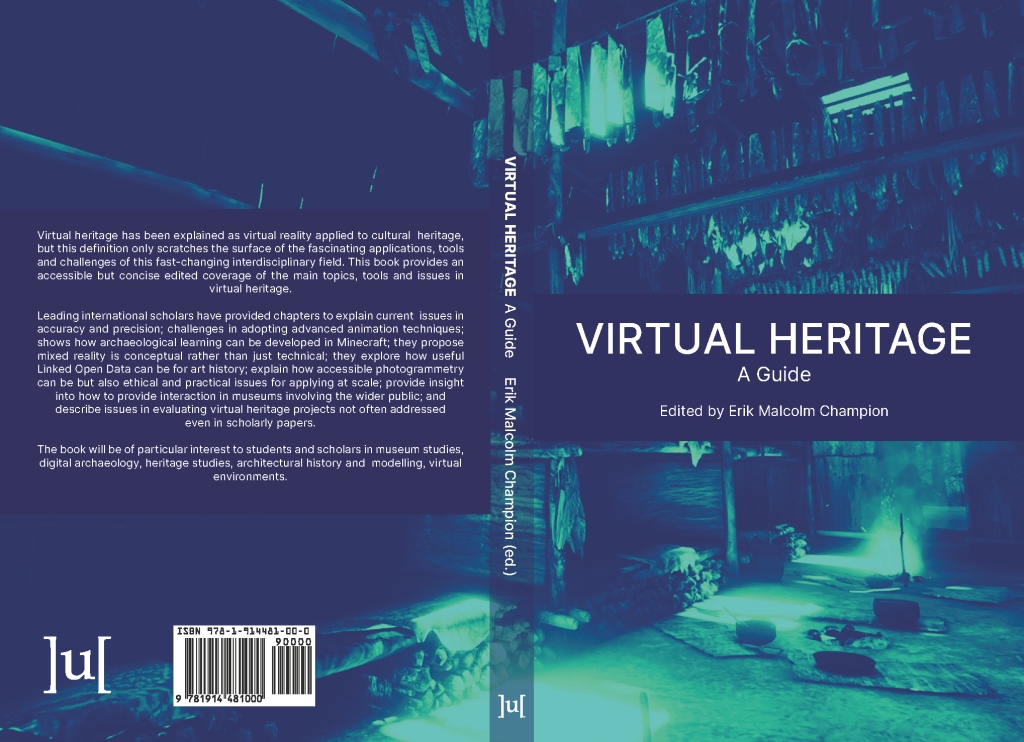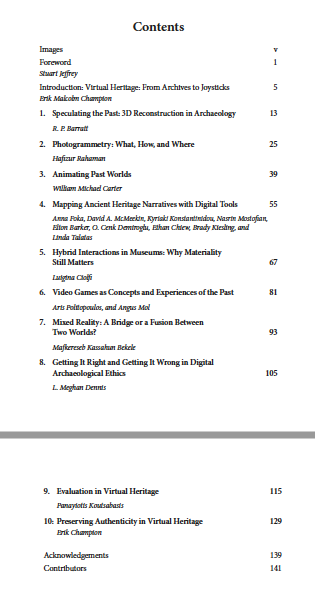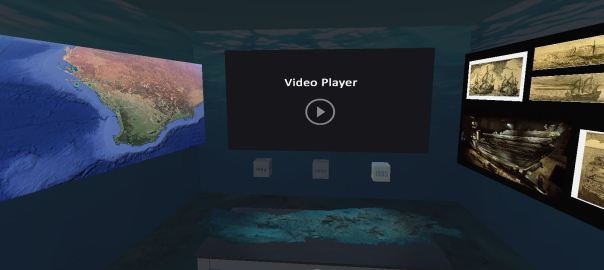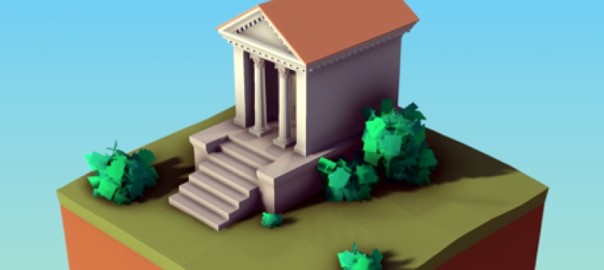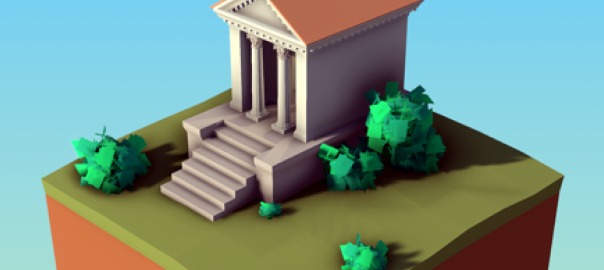I mentioned in the below post that I was on the home stretch with this book (in the Indiana University Press Spatial Humanities series), final proof was approved by me this week. I also noticed it was over 107,000 words. Thanks to Dean and Professor Marc Aurel Schnabel for the comments on the back.
“An essential contribution to a very current topic.” —Marc Aurel Schnabel, Victoria University of Wellington
If anyone wishes to review or consider ‘Rethinking Virtual Places‘ for courses please contact Indiana University Press or email me.


